The Jim and Vanita Oelschlager
Native American Ethnographic Collection
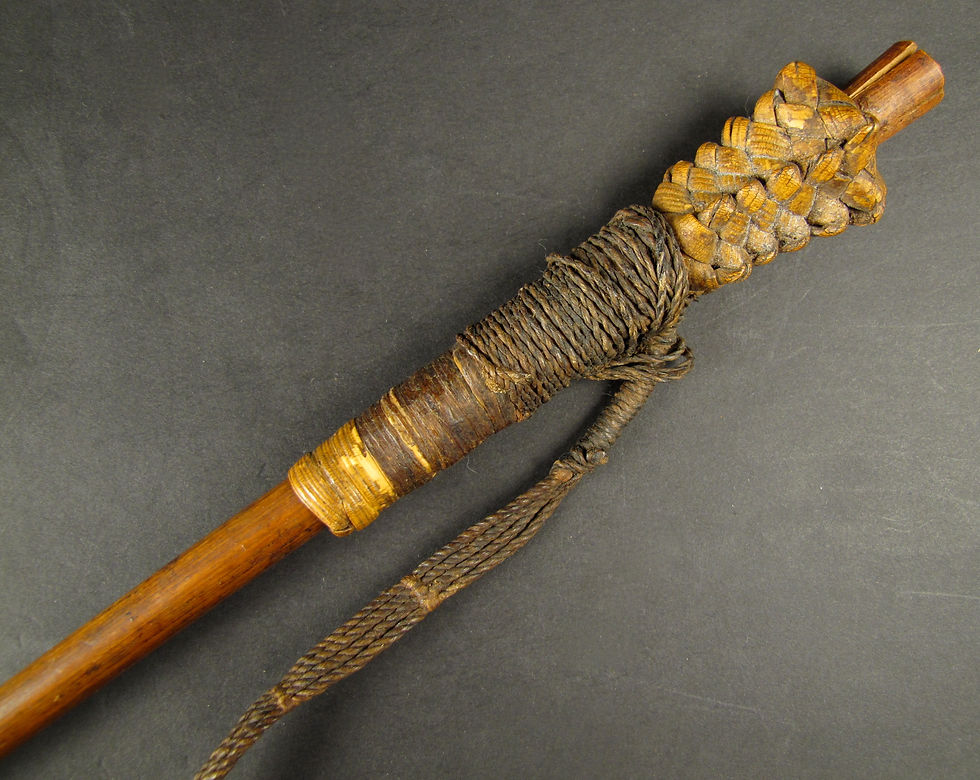
Atlatl, ca. 1890 Alaska Territory or Western Canada. Wood, Sinew, Forged Iron. 37” x 1.2”
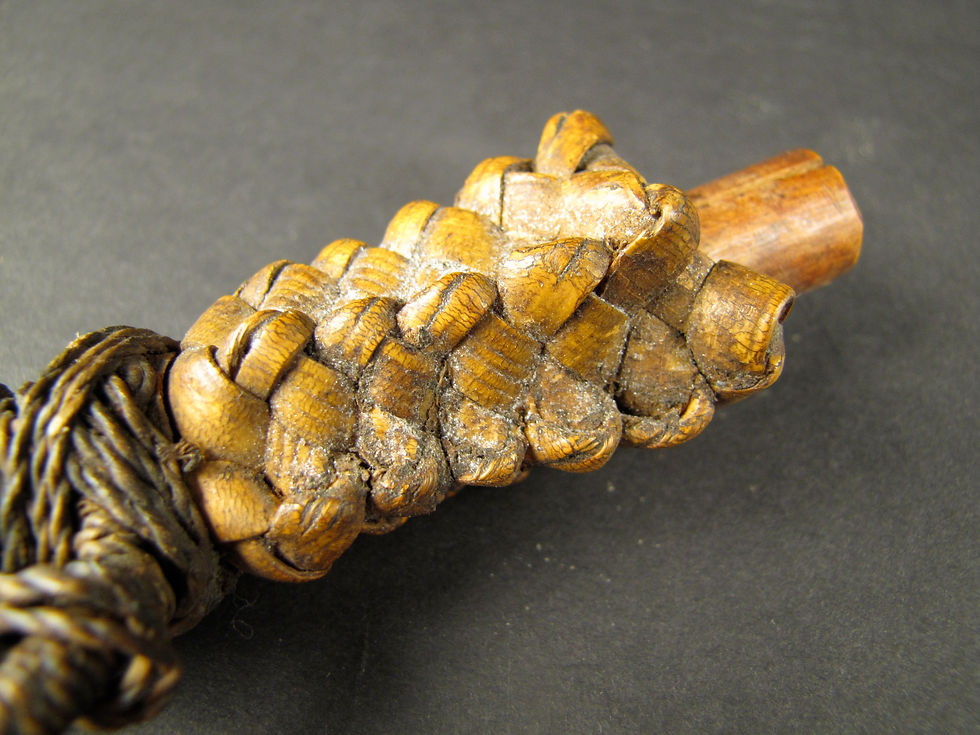
Atlatl, ca. 1890 Alaska Territory or Western Canada. Wood, Sinew, Forged Iron. 37” x 1.2”
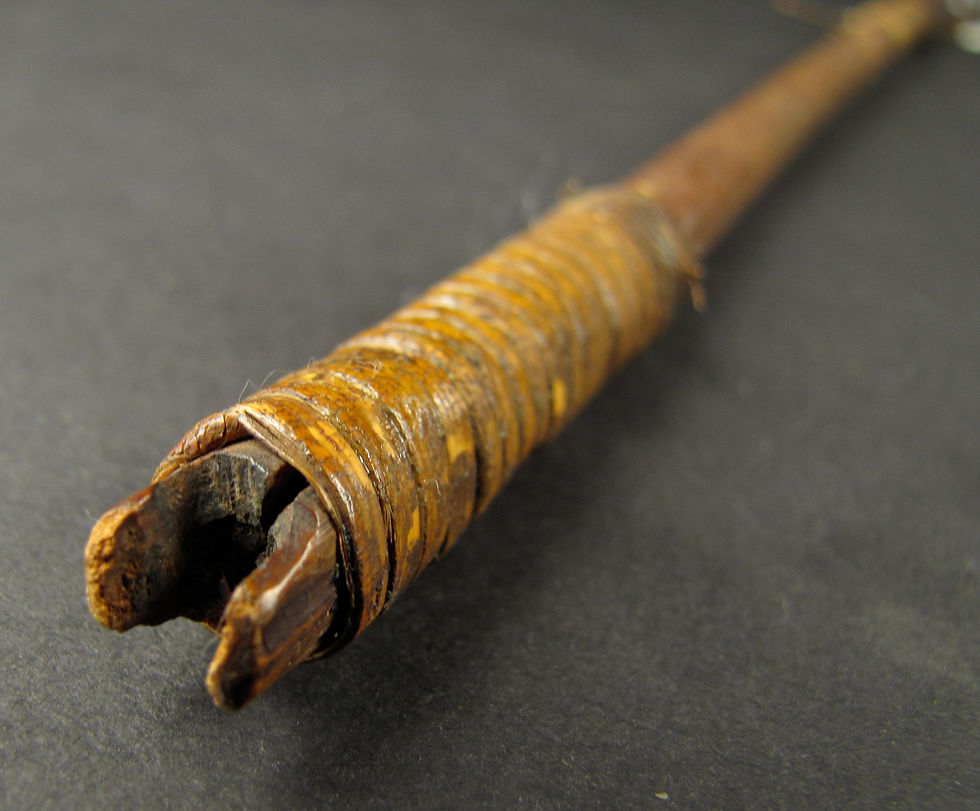
Atlatl, ca. 1890 Alaska Territory or Western Canada. Wood, Sinew, Forged Iron. 37” x 1.2”

Atlatl, ca. 1890 Alaska Territory or Western Canada. Wood, Sinew, Forged Iron. 37” x 1.2”
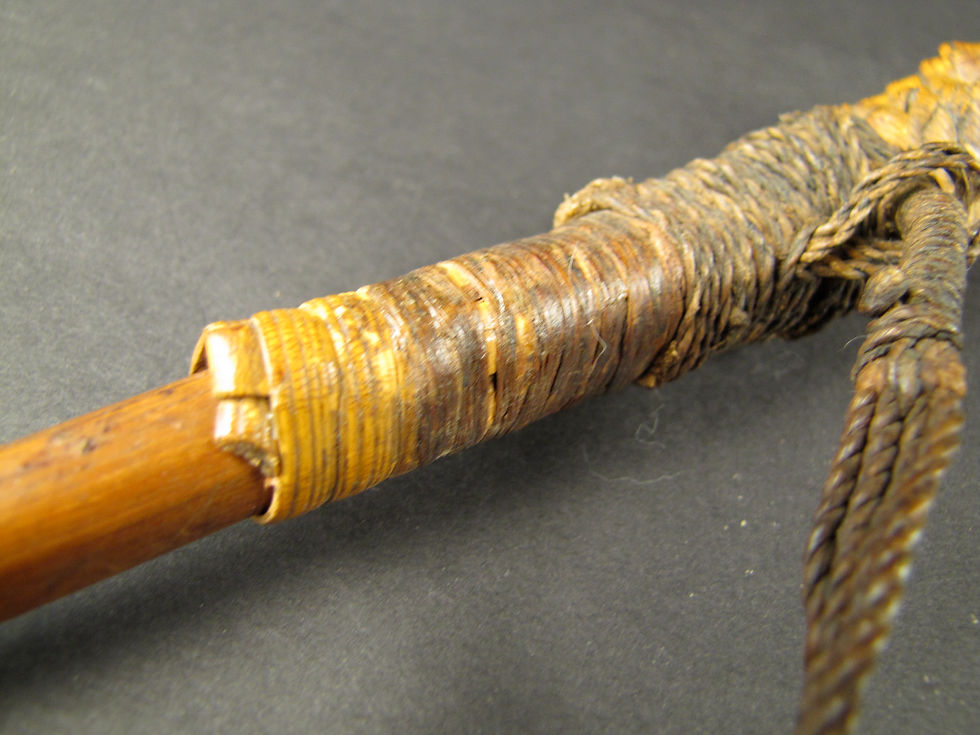
Atlatl, ca. 1890 Alaska Territory or Western Canada. Wood, Sinew, Forged Iron. 37” x 1.2”

Atlatl, ca. 1890 Alaska Territory or Western Canada. Wood, Sinew, Forged Iron. 37” x 1.2”

Utility Knife, ca. 1870 Cree. Canada. Metal, Wood. 11.7” x 1.7”
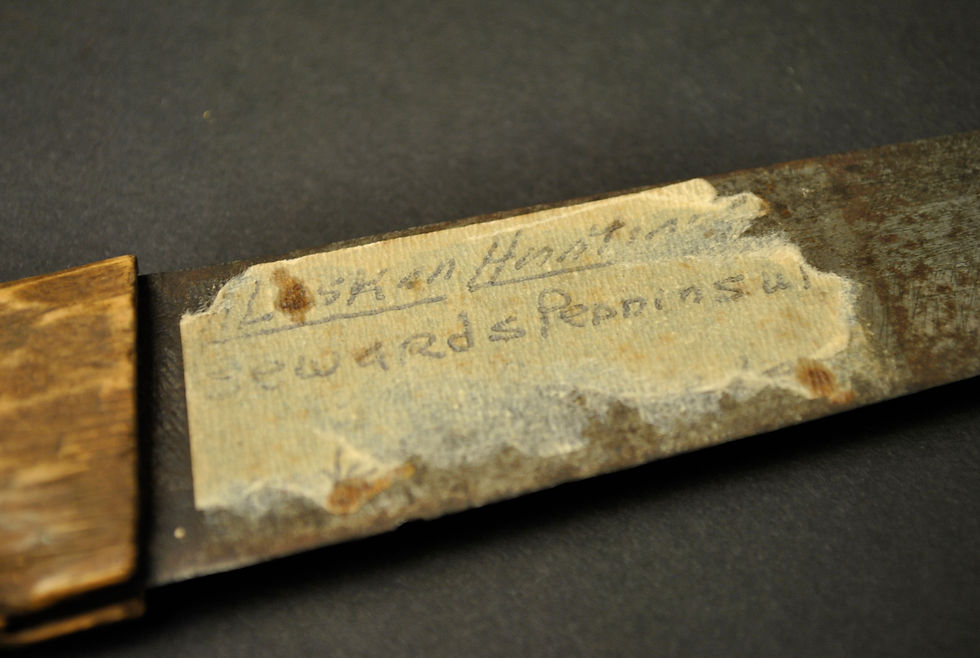
Utility Knife, ca. 1870 Cree. Canada. Metal, Wood. 11.7” x 1.7”

Utility Knife, ca. 1870 Cree. Canada. Metal, Wood. 11.7” x 1.7”
The cultural region spans the non-coastal regions of Alaska and most of Canada. The climate features short summers and long harsh winters. There are numerous different ecological zones ranging from coniferous forests, plateaus, prairies, and high mountain regions. Edible vegetation is sparse but they gathered a variety of berries and grasses in summer.
Subarctic inhabitants still rely heavily on fishing and hunting as a way of life. Lakes and rivers contain fish and attract waterfowl. Land mammals such as elk, caribou, and moose are still hunted for food. Traditionally their hides were used for clothing, and shelter, the bones, hooves, and antlers for tools and ceremonial objects.